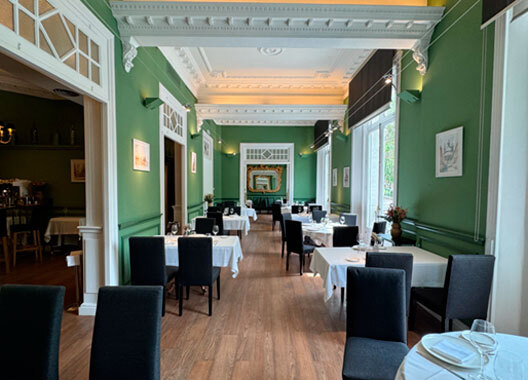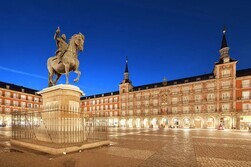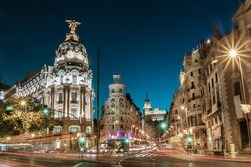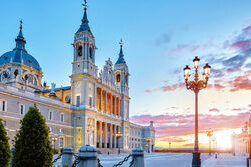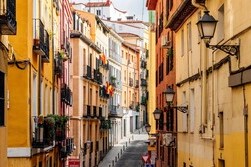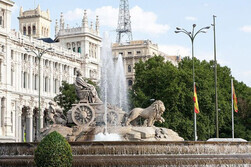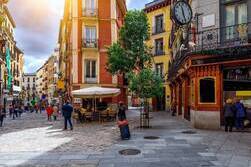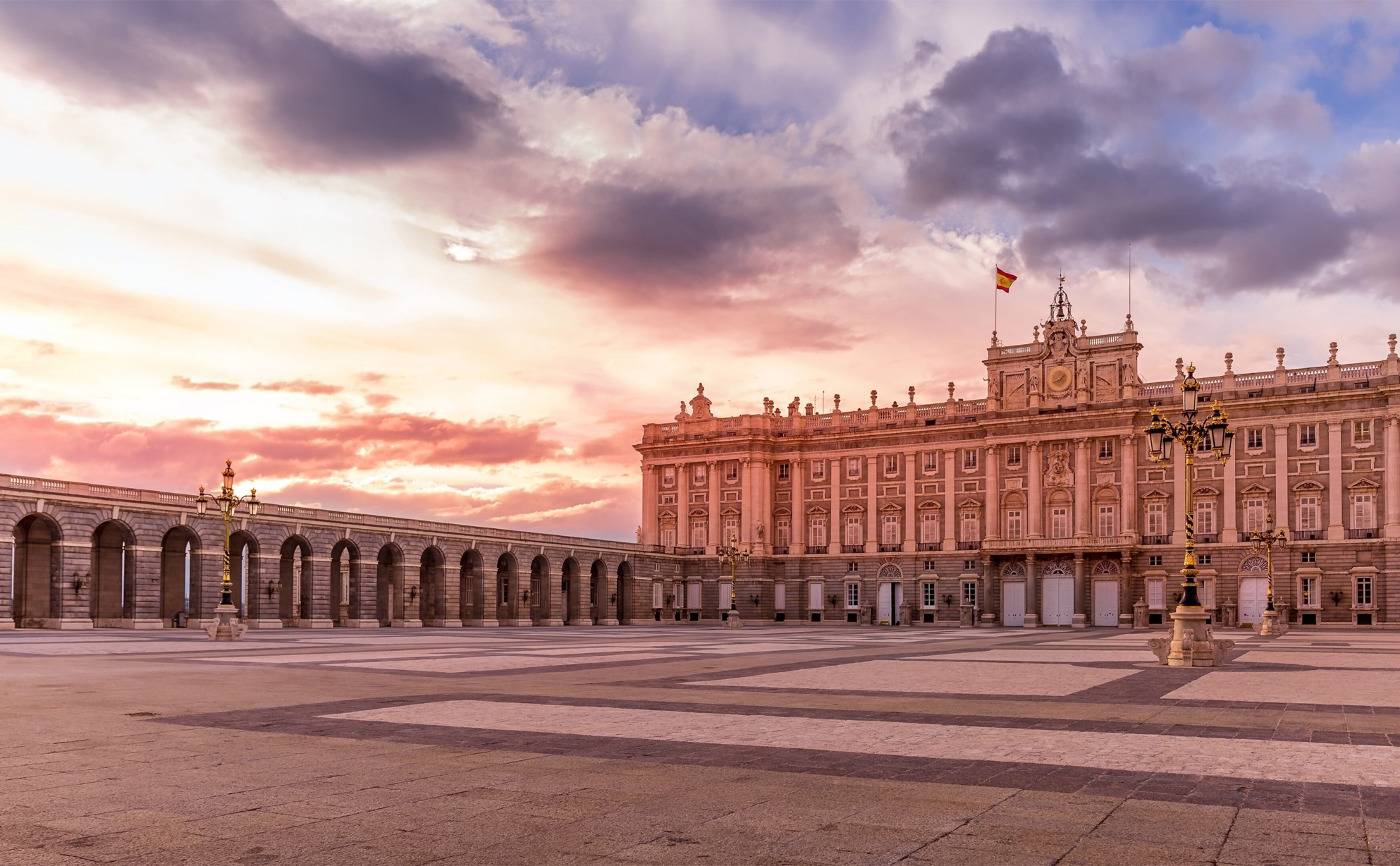
The capital and largest city of Spain is in the central part of the Iberian Peninsula. It represents one of the most important global centres, i.e., one that is considered an important part of the world economic system. This fact is reflected in politics, education, media, fashion, science, culture, and art.
The area of present-day Madrid has been inhabited since prehistoric times, with archaeological findings attesting to the presence of Celts, Romans and Germanic peoples. Arabs founded Madrid itself in the 9th century as a fortress to protect the capital of their caliphate, Toledo.
Madrid grew in importance over time, and in 1561, King Philip II of Spain chose it as his capital. During the 18th century, roads were built radially from Madrid out to the whole of Spain. In the second half of the 18th century, King Charles III of Spain continued in developing the city, introducing sewers, street lighting and establishing cultural and other institutions. And in the latter half of the 19th century, the city became a centre of finance and services, and rail transport was introduced. Madrid was established as the capital of Spain by its Constitution of 1931, and this status was confirmed by the Spanish Constitution of 1978.
There are many historical monuments to see in the city. The metropolis is dominated by the Palacio Real, which is the official residence of the King of Spain and houses valuable historical and artistic collections. You'll stay just a 5-minute walk from its entrance gate at Plaza España. You can also easily visit Madrid's central Plaza Mayor. Famous for its cafes and traditional old shops, it is one of the city's main tourist attractions.
BOTANIA RESTAURANT
Botania is a beautifully designed restaurant located in Madrid’s Plaza de España, inside the VP Plaza España Design Hotel. Its interior blends nature and elegance, with hanging greenery, wood accents, and soft lighting creating a calm, modern atmosphere. The space feels like an urban garden retreat, offering a stylish setting for evening dinners.
The menu at Botania showcases fresh, seasonal cuisine with a creative Mediterranean touch. Guests can look forward to a variety of flavourful starters, followed by carefully prepared main dishes that include land and sea inspirations—such as tender beef, grilled seafood, and locally sourced vegetables. For those choosing the vegetarian option, the menu offers equally rich and colourful plates featuring ingredients like burrata, zucchini noodles, and parmesan “false risotto.” A delicious dessert rounds off the meal, all accompanied by a selection of wine, beer, and soft drinks.

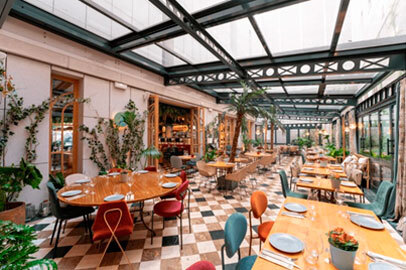
TERRACOTTA PLAZA DE ESPAÑA
Terracotta is an elegant new restaurant located just steps from Plaza de España in Madrid. Inspired by natural materials and warm tones, its interior features terracotta textures, soft lighting, and earthy details that create a cozy yet refined atmosphere. The space is designed for comfort and style.
The menu at Terracotta highlights Mediterranean flavours with a refined, seasonal approach. Guests can enjoy a variety of vibrant shared starters, followed by a duo of main courses that combine land and sea with bold, traditional ingredients. For vegetarian guests, an equally thoughtful menu is available, featuring fresh vegetables, artisanal cheeses, and creative plant-based combinations. Both options finish with a rich dessert and are complemented by an open bar of wine, beer, and soft drinks—ensuring a relaxed and flavourful dining experience in an elegant setting.

